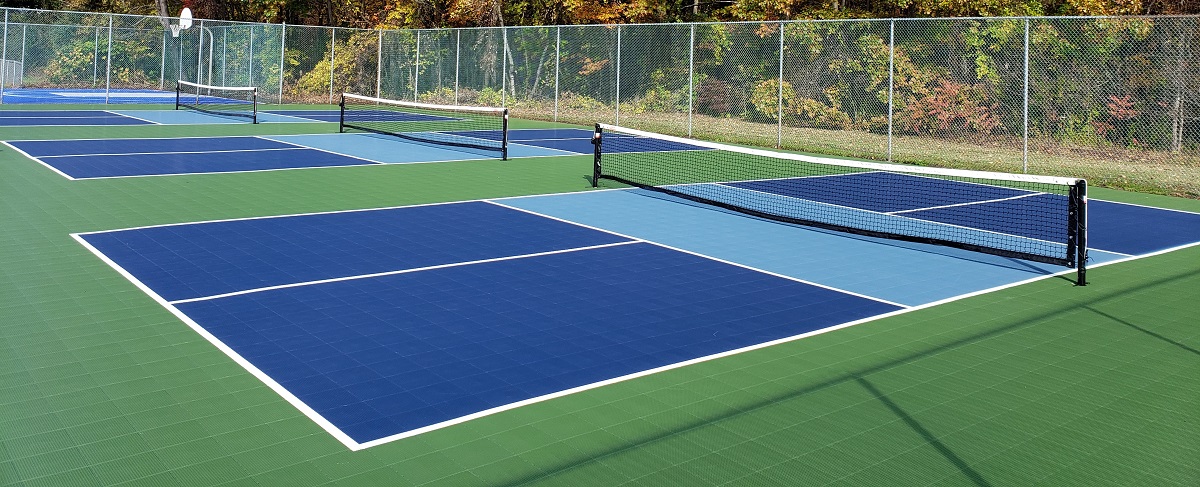Pickleball is a fascinating hybrid sport that blends ping pong, badminton, and tennis. This thorough guide will provide you with the information and abilities you need to confidently enter the game of pickleball, whether you’re a novice ready to learn more or an experienced player looking for a fresh challenge. Let’s dive deeply into the nuances of pickleball, from court size to strategic games.

Learn the pickleball court.
The measurements of the court form the basis of pickleball. A professionally constructed PICKLETILE court is 20ft wide and 44ft long for doubles play, making it look like a scaled-down tennis court. A net divides the court in half, and there are designated play zones on either side of the court. One of these areas is the “kitchen,” or “non-volley zone,” located seven feet from the net. Players must refrain from volleying the ball inside this area to emphasize the strategic nature of the game.
Invest in top-rated pickleball equipment.
It’s unacceptable to enter the court with inappropriate apparel or shoes; the same goes for using the incorrect pickleball paddle. Make sure you play in appropriate tennis shoes or sneakers. You won’t slide or trip as a result, making it easier for you to navigate about the court. Stretchy but not too flowy clothing is what you’ll want to wear so that it doesn’t impede your movement.
Warm up before playing.
Pickleball demands a lot of rapid motions, including twisting in various directions and moving quickly forward and backward. You might sprint after the ball, reaching up, down, ahead, or back. Stretching before a game is a great technique to assist your body in getting ready for the movements and prevent injuries.
Always be in a ready position.
Never forget to remain in the ready stance in between each shot. For those unfamiliar, you hold the paddle in the middle of your body when you are in the ready position. You can react fast to shots on both the forehand and backhand from this posture without taking sides. It readies you for any volley, dink, overhead, forehand, or backhand shot that may come your way. Regretfully, novices are vulnerable because they frequently let their guard down after every shot.
Reduce your backswing as you dink and volley.
Retraction of the paddle before shot contact is known as the backswing. You have little time to react when facing your opponent at the kitchen line because they are barely 14 feet away. That being said, do not draw the paddle back behind you when you go for a dink or volley. Even when hitting from the ready position, keep your paddle before you. Aim to constantly be prepared for the next shot and maintain a minimal backswing.
Hold your ground at the kitchen line.
Last but not least, you must steadfastly hold your place at the kitchen line and fight the want to move away. This move puts you in a position to attack and makes it more difficult for your opponent to strike at your feet, which is a difficult place to hit from. Always aim to strike the pickleball away from your feet, mainly if it bounces close to or past the kitchen line.